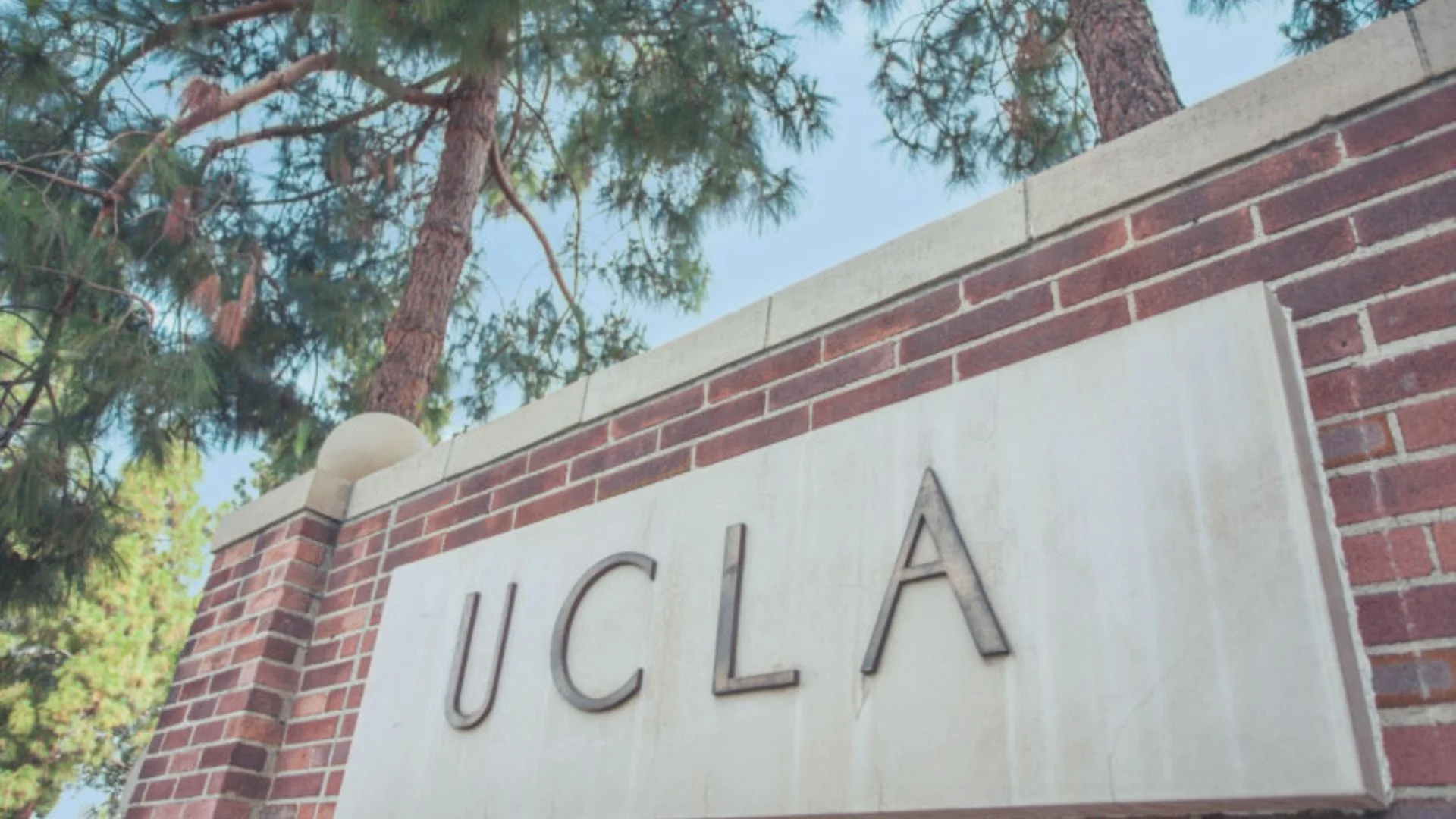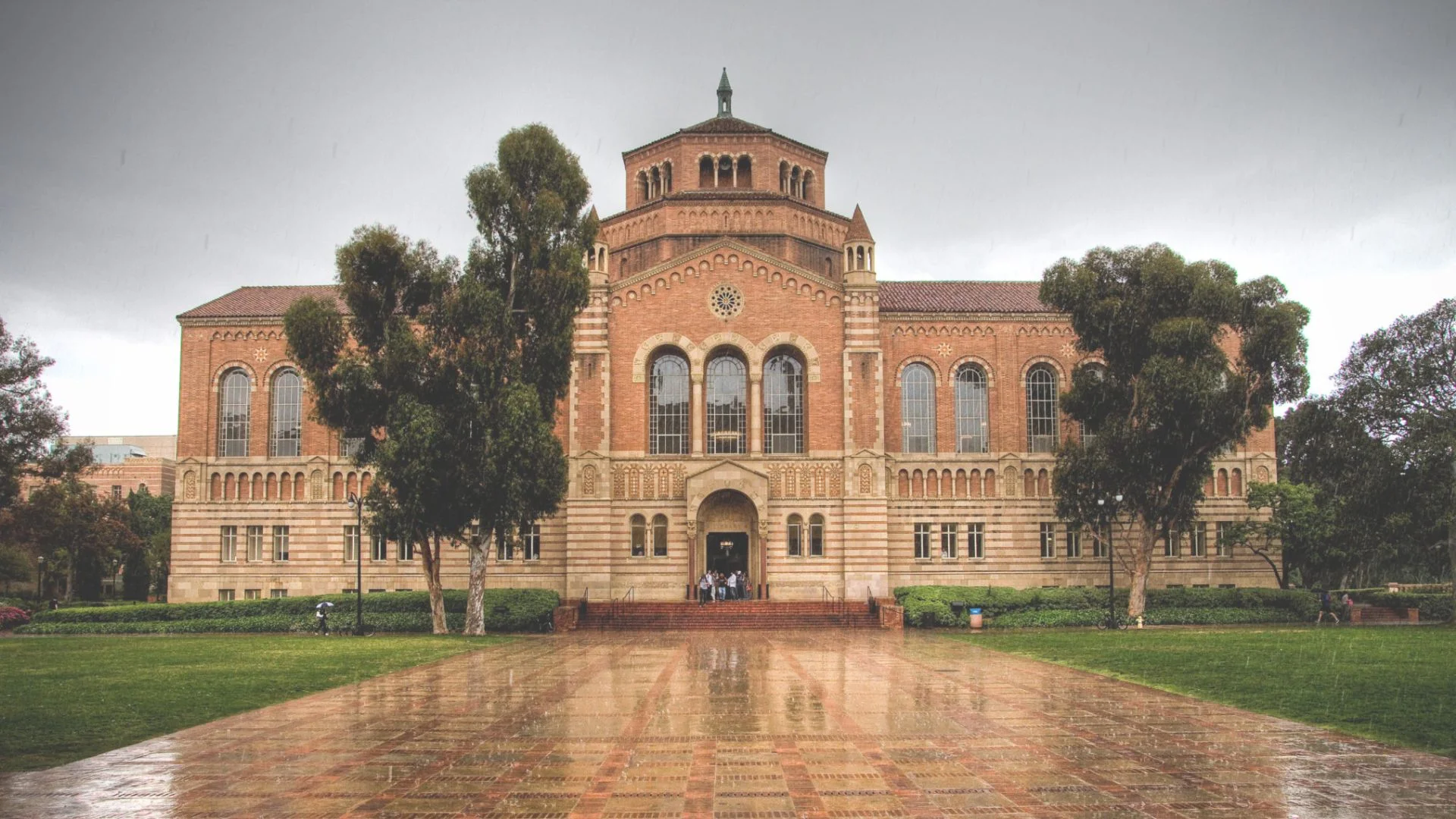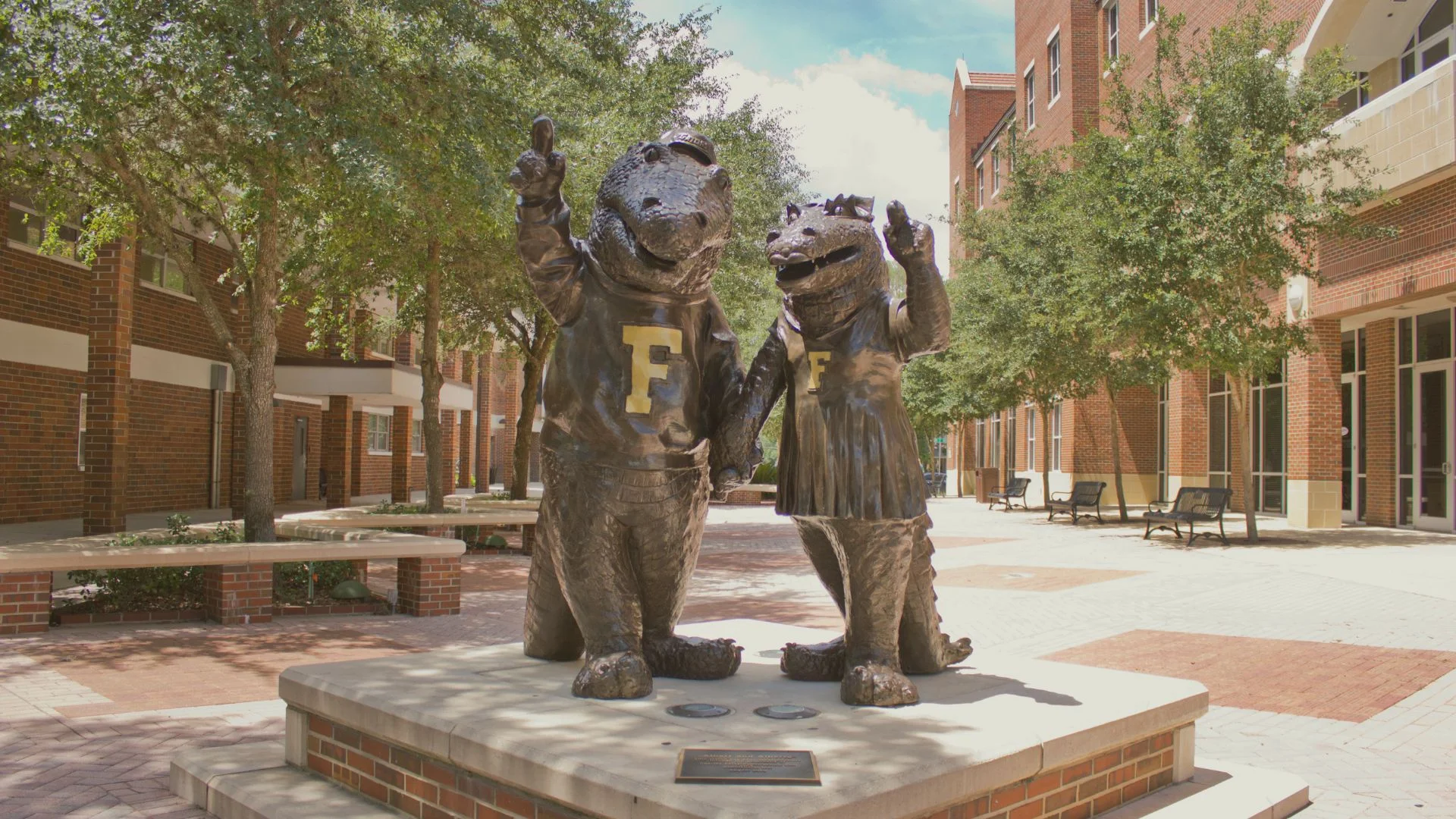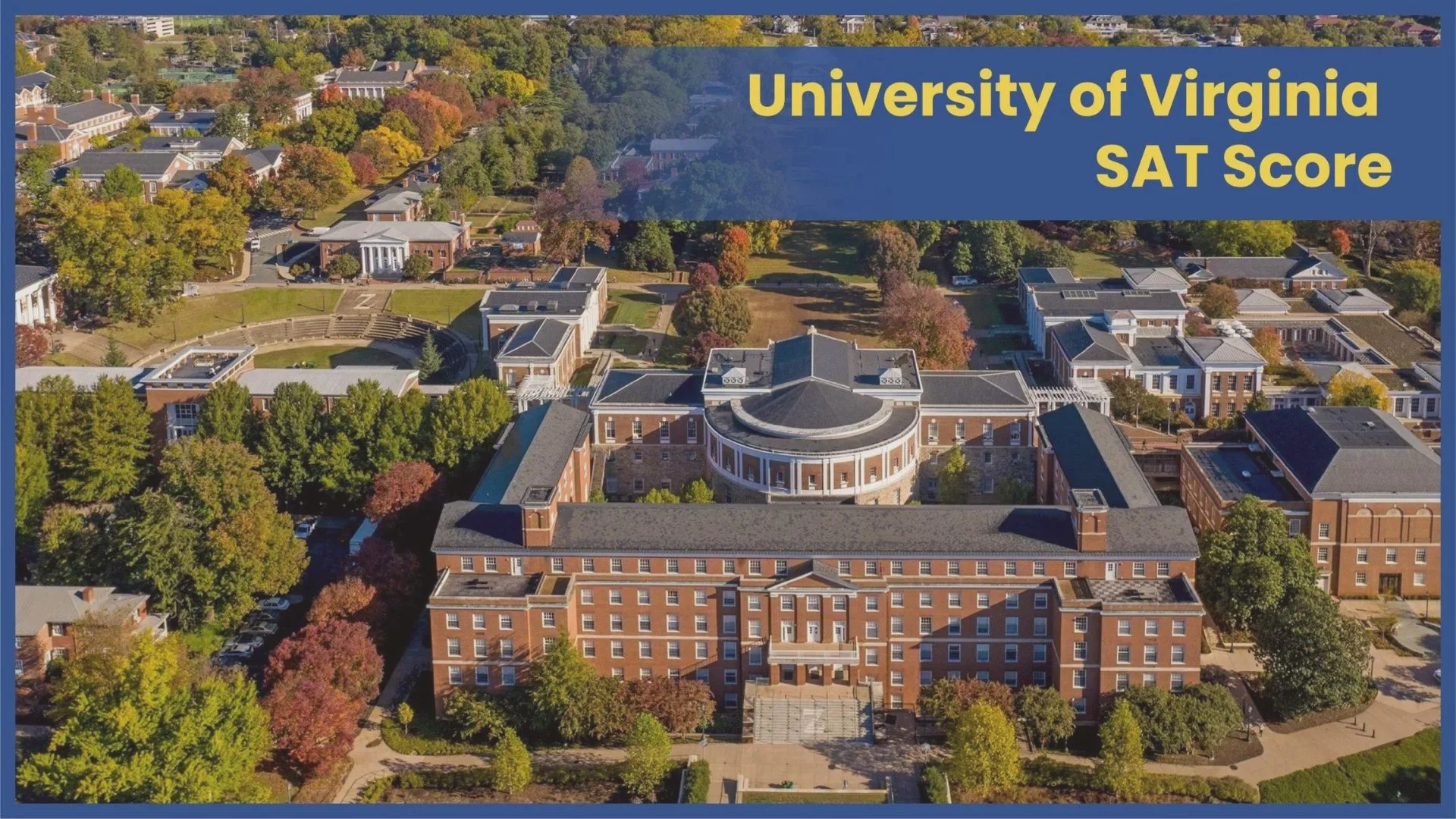
The University of California, Los Angeles (UCLA) is one of the most prestigious and sought-after institutions in the world. Known for its academic excellence, vibrant campus life, and illustrious alumni, UCLA attracts thousands of applicants each year. The acceptance rate at UCLA is a critical factor for prospective students as it serves as a benchmark for admission competitiveness. This article delves into various aspects of UCLA’s acceptance rate, exploring its trends, implications, and how it affects prospective students.
Understanding UCLA’s Acceptance Rate
What Is Acceptance Rate?
Acceptance rate is a metric used to gauge the selectivity of a college or university. It is calculated by dividing the number of admitted students by the number of applicants, expressed as a percentage. A lower acceptance rate indicates a more selective institution, meaning it admits a smaller proportion of applicants, often reflecting higher academic standards and competition.
Historical Trends in UCLA Acceptance Rates
UCLA’s acceptance rate has been declining steadily over the past decade, reflecting an increase in the number of applications and the university’s growing reputation. For instance, in 2010, the acceptance rate was around 21%, but by 2023, it had plummeted to approximately 8.6% . This trend signifies a surge in interest and competition, making UCLA one of the most competitive universities in the United States.
Factors Influencing the Acceptance Rate
Several factors contribute to the changes in UCLA’s acceptance rate:
- Increased Applications: As more students recognize the value of a UCLA education, the number of applications has surged. In 2023, UCLA received over 145,000 applications, a record high.
- Academic Reputation: UCLA’s growing academic reputation attracts top students from around the globe, increasing the competition.
- Diversity Initiatives: UCLA’s commitment to diversity and inclusion encourages a broader range of applicants, enhancing its appeal to a wider demographic.
- Capacity Limitations: Despite the rise in applications, the university’s capacity to admit students remains relatively stable, which naturally lowers the acceptance rate as more students vie for the same number of spots.
The Application Process at UCLA
Criteria for Admission
UCLA uses a holistic review process to evaluate applicants, considering both quantitative and qualitative factors:
- Academic Excellence: GPA, SAT/ACT scores (if submitted), and the rigor of high school coursework are critical factors.
- Personal Achievements: Extracurricular activities, leadership roles, and personal talents are also considered.
- Personal Insight Essays: Applicants must write essays that provide insight into their personality, experiences, and motivations.
- Letters of Recommendation: While not required, they can add significant weight to an application if submitted.
Impact of Test-Optional Policies
In response to the COVID-19 pandemic and ongoing debates about the fairness of standardized testing, UCLA adopted a test-optional policy for 2021 and 2022 admissions. This policy has extended into the 2023 admissions cycle and beyond. As a result, applicants can choose whether to submit SAT or ACT scores. This shift has potentially widened the pool of applicants, contributing to the increased number of applications and consequently lowering the acceptance rate.
International vs. Domestic Applicants
UCLA’s global reputation attracts a significant number of international students. In 2023, about 22% of the admitted students were from countries outside the United States. International applicants often face stiffer competition due to limited slots allocated to them, further impacting the overall acceptance rate.
Comparing UCLA with Other UC Schools
Acceptance Rates Across the UC System
The University of California system comprises several campuses, each with varying levels of selectivity. UCLA is among the most competitive, with an acceptance rate that is often lower than that of other UC schools like UC Berkeley, UC Irvine, and UC Santa Barbara. For example, UC Berkeley had an acceptance rate of around 14% in 2023, significantly higher than UCLA’s .
Academic and Extracurricular Differences
While all UC schools offer high-quality education, UCLA stands out for its diverse academic programs, extensive research opportunities, and vibrant campus life. These factors make it a top choice for many students, contributing to its lower acceptance rate. The comprehensive range of extracurricular activities and its location in the dynamic city of Los Angeles also add to its appeal.
The Implications of a Low Acceptance Rate
Increased Competition Among Applicants
A lower acceptance rate means that prospective students must present exceptionally strong applications to stand out. This often translates to higher GPAs, rigorous coursework, and noteworthy achievements in extracurricular activities. The competition can be particularly intense for popular majors like engineering, business, and biology, where the acceptance rate can be even lower than the overall university average.
Psychological Impact on Applicants
The competitive nature of UCLA admissions can create significant stress and anxiety among high school students. Many feel pressured to achieve near-perfect academic records and juggle numerous extracurricular commitments to improve their chances of acceptance. This can lead to burnout and a negative impact on students’ overall well-being.
Economic and Social Considerations
UCLA’s low acceptance rate also has socio-economic implications. Students from underrepresented or low-income backgrounds may find it more challenging to compete due to disparities in access to resources like test preparation services and extracurricular opportunities. UCLA’s commitment to diversity aims to address these challenges, but the competition remains fierce.
Strategies for Prospective Students
Strengthening Academic Records
To improve their chances of acceptance, prospective students should focus on achieving high academic standards. This includes maintaining a strong GPA, taking advanced placement or honors courses, and performing well on standardized tests if they choose to submit scores. Additionally, students should demonstrate consistent academic performance across all subjects.
Building a Well-Rounded Profile
UCLA values well-rounded applicants who excel in multiple areas. Students should engage in extracurricular activities, take on leadership roles, and participate in community service. These experiences not only enhance an application but also help students develop important skills and interests.
Crafting Compelling Personal Essays
Personal insight essays are a critical component of the UCLA application. Applicants should use these essays to showcase their unique experiences, perspectives, and aspirations. A compelling essay can provide context to academic achievements and highlight personal growth, making the applicant stand out.
Utilizing Available Resources
Prospective students should take advantage of available resources to enhance their applications. This includes seeking guidance from school counselors, attending college fairs, and utilizing online platforms that offer insights and advice on the application process. Additionally, UCLA’s outreach programs can provide valuable support for students from underrepresented communities.
 Acceptance Rate Statistics for 2023
Acceptance Rate Statistics for 2023
Overview of Application Data
In 2023, UCLA received over 145,000 applications, admitting approximately 12,400 students . This resulted in an acceptance rate of about 8.6%, making it one of the most competitive admission cycles in recent years.
Breakdown by Demographics
- In-State vs. Out-of-State: In-state applicants had a slightly higher acceptance rate than out-of-state applicants, reflecting UCLA’s commitment to serving California residents.
- International Students: Approximately 22% of admitted students were from outside the United States, indicating strong international interest in UCLA.
- Diversity: UCLA continues to emphasize diversity in its admissions process, with significant representation from various racial, ethnic, and socio-economic backgrounds.
Acceptance Rates by Major
The acceptance rate varies significantly by major. Highly sought-after programs such as engineering, business, and computer science tend to have lower acceptance rates due to higher demand. Conversely, majors in the humanities and social sciences may have slightly higher acceptance rates, although they still remain competitive.
The Future of UCLA Admissions
Trends and Predictions
The trend of declining acceptance rates at UCLA is likely to continue as the university’s reputation grows and more students seek admission. The test-optional policy and increasing emphasis on holistic admissions are expected to persist, potentially leading to a more diverse applicant pool.
Potential Changes in Admission Policies
UCLA may introduce new policies to further enhance diversity and inclusion. This could include expanded outreach programs, greater emphasis on personal essays, and increased support for underrepresented students. Additionally, the university may explore ways to manage the growing number of applications, such as by implementing more specific criteria or introducing new selection mechanisms.
Impact of Technological Advances
Advances in technology, such as AI-driven application assessments and virtual reality campus tours, may transform the admissions process. These tools could help streamline application reviews and provide prospective students with more accessible ways to explore the campus and learn about UCLA’s offerings.
Conclusion
UCLA’s acceptance rate is a key indicator of the university’s competitiveness and prestige. Over the years, the declining acceptance rate has reflected the increasing number of high-achieving students seeking admission to this renowned institution. For prospective students, understanding the factors influencing acceptance rates and preparing a strong application are essential steps in navigating the competitive landscape of UCLA admissions. As UCLA continues to evolve and adapt its admissions policies, it remains committed to attracting a diverse and talented student body, ensuring that it continues to uphold its legacy of academic excellence and innovation.





